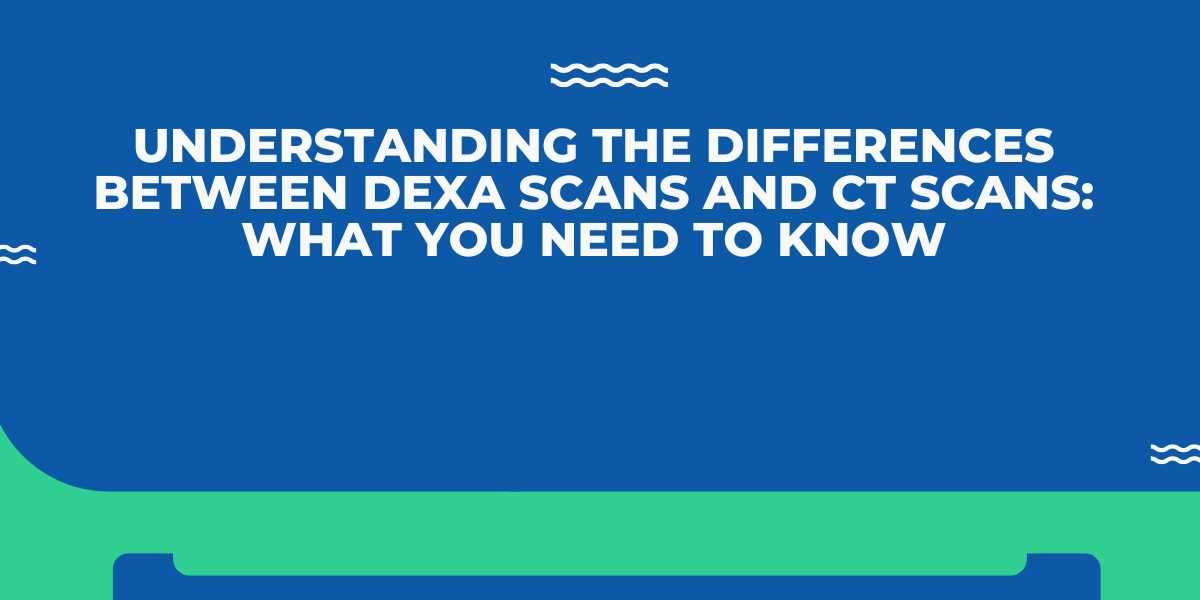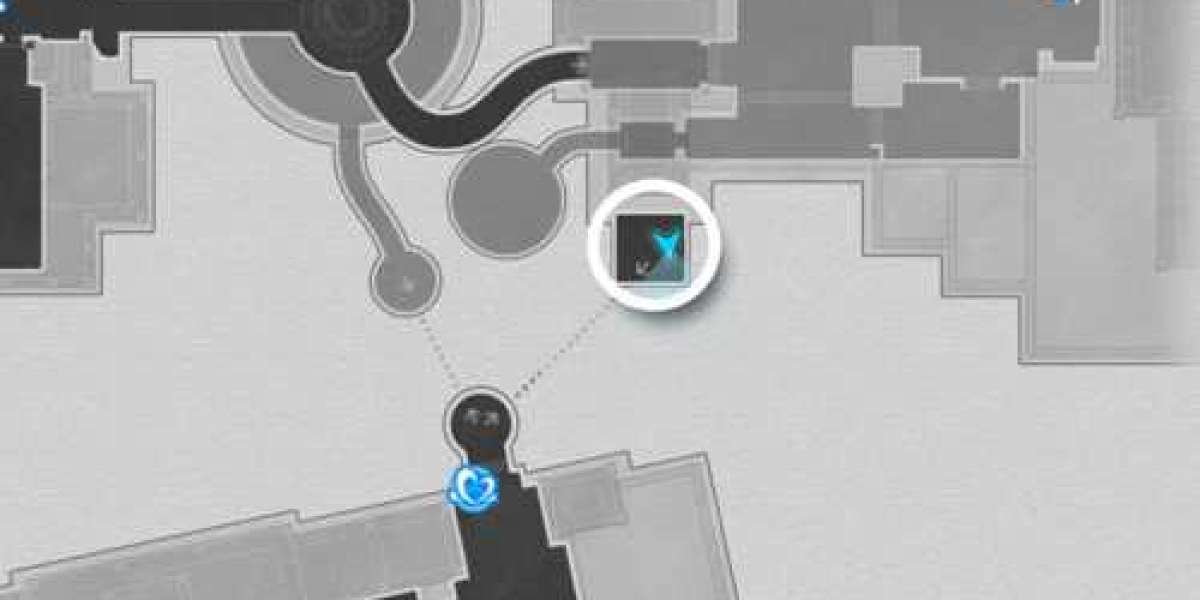In the realm of medical diagnostics, two commonly utilized imaging techniques stand out for their efficiency and accuracy: DEXA scans and CT scans. Each serves a distinct purpose in diagnosing various medical conditions and monitoring overall health. While both are valuable tools in modern medicine, understanding their differences and applications is crucial for patients seeking the right diagnostic approach.
DEXA Scans: Delving into Bone Health
DEXA (Dual-Energy X-ray Absorptiometry) scans are primarily employed to measure bone mineral density (BMD). This non-invasive procedure utilizes low doses of X-ray radiation to assess the strength and density of bones, particularly in the spine, hip, and sometimes other skeletal regions. DEXA scan are instrumental in diagnosing osteoporosis, a condition characterized by weakened bones prone to fractures.
Key Features of DEXA Scans:
Accuracy in Bone Density Measurement: DEXA scans offer precise measurements of bone density, enabling healthcare providers to assess the risk of fractures accurately.
Low Radiation Exposure: Compared to traditional X-rays, DEXA scans involve minimal radiation exposure, making them safe for routine screening and monitoring.
Quick and Painless Procedure: Typically lasting about 10 to 30 minutes, DEXA scans are quick and involve no discomfort, allowing patients to resume their daily activities immediately afterward.
Early Detection of Osteoporosis: By detecting bone loss in its early stages, DEXA scans facilitate timely interventions to prevent fractures and improve bone health.
CT Scans: Versatility in Diagnostic Imaging
CT (Computed Tomography) scans utilize X-ray technology to produce detailed cross-sectional images of the body. Unlike DEXA scans, which focus on bone health, CT scans offer a comprehensive view of internal organs, tissues, and structures. From identifying tumors to evaluating traumatic injuries, CT scans are invaluable in diagnosing a wide range of medical conditions.
Key Features of CT Scans:
Multi-Dimensional Imaging: CT scans provide three-dimensional images of the body, offering comprehensive insights into the anatomical structures being examined.
Diagnostic Versatility: CT scans are used to diagnose various conditions, including but not limited to cancer, cardiovascular disease, and neurological disorders.
Enhanced Resolution and Detail: With its high-resolution imaging capabilities, CT scan near me can detect abnormalities with remarkable precision, aiding in accurate diagnosis and treatment planning.
Availability and Accessibility: CT scanners are widely available in medical facilities, ensuring timely access to diagnostic imaging services for patients in need.
Choosing the Right Scan: Considerations for Patients
When faced with the need for diagnostic imaging, patients may wonder which scan—DEXA or CT—is appropriate for their specific health concerns. Understanding the following considerations can help in making an informed decision:
Nature of the Medical Condition: For bone-related issues such as osteoporosis, a DEXA scan is typically the preferred choice. Conversely, conditions affecting internal organs or soft tissues may necessitate a CT scan for accurate diagnosis.
Physician Recommendations: Healthcare providers play a crucial role in recommending the most suitable imaging modality based on the patient's symptoms, medical history, and the diagnostic information needed.
Risk Factors and Safety Concerns: While both DEXA and CT scans are generally safe, patients should discuss any existing health conditions, allergies, or concerns with their healthcare provider to ensure the safest imaging experience possible.
Cost and Insurance Coverage: Insurance coverage and out-of-pocket costs may vary for DEXA and CT scans. Patients should inquire about financial considerations and coverage options before undergoing the procedure.
Conclusion
DEXA scans and CT scans are indispensable tools in modern medicine, each serving distinct purposes in diagnostic imaging. Whether assessing bone health with DEXA scans or conducting comprehensive evaluations with CT scans, these imaging modalities play a pivotal role in diagnosing medical conditions and guiding treatment decisions. By understanding the differences between these scans and considering individual health needs, patients can collaborate with their healthcare providers to pursue the most effective diagnostic approach.



